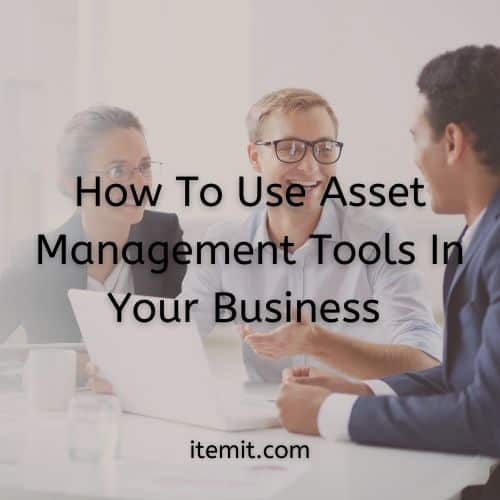The Benefits Of Medical Equipment Management Software
Medical equipment management software is well suited to a busy environment. You’ll be able to use medical equipment management software to automate many of your essential operations, while also keeping an accurate and up-to-date asset register.
Therefore, medical equipment management software has many benefits, all related to keeping your assets up and running and keeping your operations fast and cost-effective.
![]()
Save Time On Asset Operations
Because of how medical equipment management software works, you’ll be able to save a lot of time on your audits and operations.
You’ll be able to tag your assets and link them to digital doubles in your asset management system. Then, every time you scan an asset’s tag, you’ll be able to view, edit, and update any relevant data.
Therefore, if you notice a piece of medical equipment requires maintenance, reporting this to your maintenance team is a simple process of scanning the asset’s tag and pressing “report issue”. Then, you’ll be able to log what the issue is and add images of the damage.
All of your medical equipment management software features will work in this way. Logging, viewing, and editing data only takes the scan of an asset tag.
Every scan will also update the asset’s last seen location, showing you a neat audit trail of where all of your assets have been.
Keep A Visible Asset Register
When you’ve logged all of your assets, you’ll be able to view, customise, and manage your asset register via a streamlined reporting system. These reports can be exported as PDFs and sent to anyone, from your finance team to your insurance teams.
The benefit of this is that every change you make in your medical equipment management app will be reflected in these reports in real-time. Therefore, you’ll keep your asset register accurate and up to date without any additional work.
You’ll also be able to put your asset register to immediate use by logging reminders against assets for preemptive maintenance. So, not only will you be able to maintain all of the data you need, but you’ll also be able to use it in visible, practical ways.
Automate Your Medical Equipment Management
Full automation is also possible when it comes to medical equipment management if you opt for a fixed RFID system. With fixed RFID asset tracking, you’ll be able to log where assets are automatically, without any manual input.
If a piece of equipment moves between wards, for example, your fixed RFID readers will pick up on the fact that the asset is moving, as well as the direction it is heading in.
This way, you can create a robust asset management system for your medical equipment without requiring any manual input, saving you time and money in the process.
To find out more about how itemit’s medical equipment management software can help you, you’ll be able to book a demo using the button below.
You can also start a free trial by filling in the form below or contact us at team@itemit.com.
Why not check out these blogs:
Why Asset Tags Need To Be Unique
How To Use An Anti-Theft Tool Tracker
Who Needs Fixed Asset Register Software?
Try Our Medical Equipment Management Software For Yourself
Start your free 14-day trial now
Instant access. No credit card details required.








